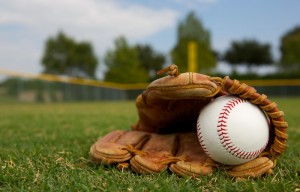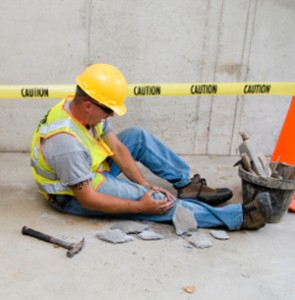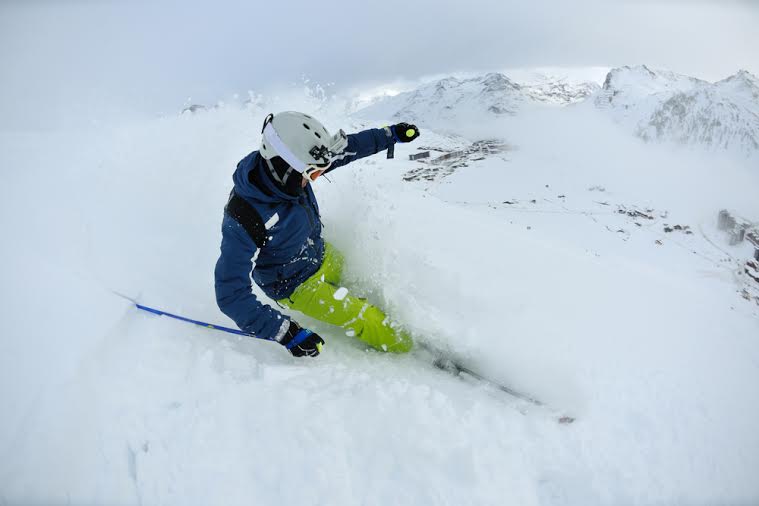Rounding the Bases to Catching Fly Balls
 The 2014 Major League World Series begins this week with a frenzy of predictions from the sports experts and fans from both the San Francisco Giants and the Kansas City Royals predicting that their respective team will win.
The 2014 Major League World Series begins this week with a frenzy of predictions from the sports experts and fans from both the San Francisco Giants and the Kansas City Royals predicting that their respective team will win.
Baseball, a game routed in tradition, history, superstition and sometimes, injuries.
Common Injuries
 More than 627,000 baseball injuries each year are treated by medical professionals, according to the U.S. Consumer Products Safety Commission. Baseball is not a contact sport, but contact with a ball, bat, or another player results in the most serious injuries.
More than 627,000 baseball injuries each year are treated by medical professionals, according to the U.S. Consumer Products Safety Commission. Baseball is not a contact sport, but contact with a ball, bat, or another player results in the most serious injuries.
The most common injuries include repetitive use injuries to the shoulder and elbow, muscle pulls, contusions, ligament injuries, black eyes, concussions and lacerations. Knee injuries also are relatively common.
Some of these injuries can be career ending if severe enough, as joint replacement sometimes does not work well for athletes.
Your feet also take a beating when playing baseball. Baseball players are at risk from various injuries, including:
1. Ankle sprains may occur while running, fielding balls, stepping on or sliding into bases. Sprains should be evaluated by a foot and ankle surgeon to determine the extent of injury, including possible peroneal tendon injuries or fractures. The foot and ankle surgeon will develop a treatment plan: failure to fully treat and rehabilitate a sprain may lead to chronic ankle instability and recurrent sprains.
2. Overuse or excessive training may sideline some athletes with Achilles tendinopathy or heel pain (often plantar fasiciitis, or calcaneal apophysitis in children and adolescents).
3. Contusions may occur from impact with the ball or contact with other players.
4. Cleats may pose challenges in the forefoot and aggravation of neuromas, sesamoids, bunions, and hammertoes. To stay at the top of your game, ensure that cleats are fitted properly and have injuries evaluated by a foot and ankle surgeon.
According to Dr. Reed, “While baseball is a less violent sport than football, athletes can be prone to foot and ankle injuries often due to the quick bursts of required running or sliding. Orthopedic foot and ankle surgeons are uniquely trained to provide expert care of baseball-related injuries, including turf toe, osteochondral defects, ankle instability and Achilles tendinitis or rupture.”
Good luck to both the Giants and the Royals! Here’s hoping no one gets put on the DL list during the series!
If you believe you are suffering from a sports-related injury and need specialized care, the physicians at Orthopedic Specialists of Seattle provide excellent treatment options available for you. Please feel free to contact OSS at (206) 633-8100 to schedule an appointment.


